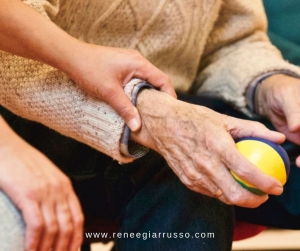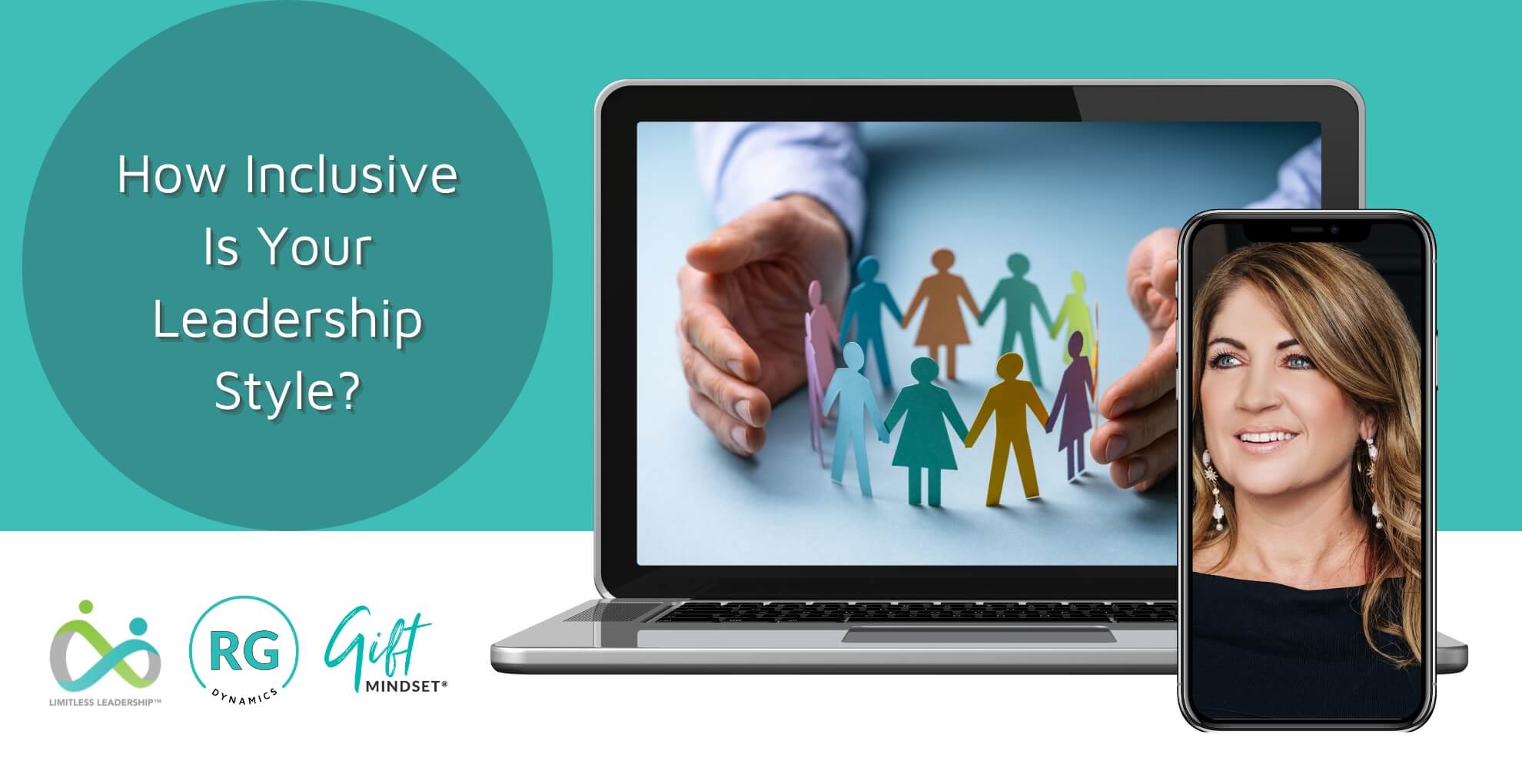3 layers of empathy
Psychologists, for many years, have identified that there are 3 types of empathy. There are many ways to feel, and there are many ways to experience empathy.
Empathy is all about putting yourself in someone else's shoes and seeing, feeling and experiencing what they are going through from their perspective, especially in a leadership position. It's not about putting others in their place.
[bctt tweet=”Leadership is about empathy. It is about having the ability to relate to and connect with people for the purpose of inspiring and empowering their lives. – Oprah Winfrey” username=”Renee_Giarrusso”]
3 Layers – defined
The three forms of empathy that psychologists have defined are:
- Cognitive
- Emotional
- Compassionate
These make sense when you think about the levels or layers of how we respond and react to what others are experiencing. Empathy is a verb, it’s something we do, and we need to take into account the level of empathy we have can be influenced by our own mindset, experience, agenda and intention at that moment.
Cognitive empathy
I look at this layer of empathy as coming from more of a logical angle. It’s all about knowing how the other person feels and what they might be thinking.
Daniel Goldman refers to this type of empathy as perspective-taking
Thought, understanding and intellect comes into play here, and this layer of empathy has a place and is impactful motivating others, negotiations and looking to delve in and understand the viewpoints of others.
As with anything, there can be potential pitfalls. When using cognitive empathy, ensure you don’t ignore or block out the deeper emotions. When “knowing” how others feel you may not always step into “feeling” what the other person is experiencing. Be mindful of this and never assume. Ask questions, see things from the other persons perspective, feel with their heart and listen through their ears.
Emotional empathy
 This type of empathy is where you literally feel into the other person; you feel their emotions and experience almost as if it was contagious and that of your own.
This type of empathy is where you literally feel into the other person; you feel their emotions and experience almost as if it was contagious and that of your own.
There is a lot of feeling involved, and some people almost feel a physical response or sensation.
Researchers believe there are things called mirror neurons, and these are a type of brain cell that responds equally when we perform an action and when we witness someone else perform the same action. Think of it a bit like when you see someone whacked with a frisbee in a park, we naturally recoil in sympathy, or when watching a game of footy, our heartbeat increases as your favourite team plays to win.
Use of emotional empathy is brilliant when coaching and when building close relationships. It’s great when leading and managing and as with anything needs to be used in moderation. I naturally lean to this type of empathy, and it can be overwhelming and exhausting if you don’t learn to switch it off (when relevant).
Compassionate Empathy
 With this kind of empathy, we not only understand a person’s predicament and feel with them but are spontaneously open to help, if and when needed. Intellect, emotion, and action are the key ingredients to this type of empathy.
With this kind of empathy, we not only understand a person’s predicament and feel with them but are spontaneously open to help, if and when needed. Intellect, emotion, and action are the key ingredients to this type of empathy.
What I love about compassionate empathy is that it considers the entire person, the whole person so to speak. This type is the one we should all strive to use and step into as much as we can as it combines a nice balance of both cognitive and emotional empathy.
Remember to gauge the situation and follow your thoughts and your heart as to what type of empathy to use. I strive to use compassionate empathy as much as possible, but I also use Cognitive empathy more so when negotiating or motivating. Emotional empathy might be used, especially of late when looking after my sister, who is ill.
[bctt tweet=”Each type of empathy has a time and a place and I believe compassionate empathy provides a nice balance of the other 2 types.” username=”Renee_Giarrusso”]
Did you know feelings of the heart and thoughts of the brain are not opposites? They are, in fact, intricately connected. The reason compassionate empathy is so effective is that it honours that natural connection by considering both the felt senses and intellectual situation of another person.
As always, I’d love to hear what you notice about the 3 types of empathy in your current role?
Lead to be Limitless

If this article has resonated with you in any way – I’d love to hear your thoughts – get in touch. . Being in service to my clients is why I do what I do, and your feedback, insight, and suggestions are always embraced.
Find out where you sit on the Leadership Ladder, your responses are anonymous, and the results summarised to help us better understand where our market sits so that we can continue to provide, insights, tools and solutions to assist you to move up to be LIMITLESS, co-creative and stand out.
Renée is a mentor, coach, expert facilitator and keynote speaker. She is the author of ‘Limitless Leadership’ and co-author of ‘Leaders of Influence’.
Follow Renee on Facebook, Instagram, IGTV or Twitter, subscribe to her blog, or new podcast here.






